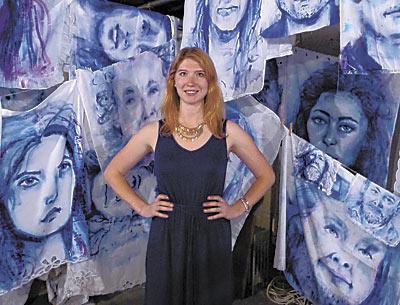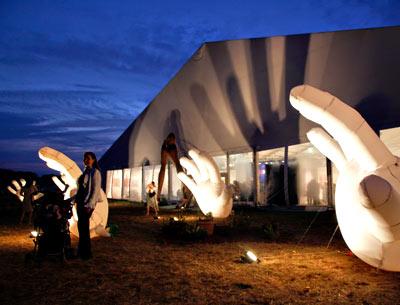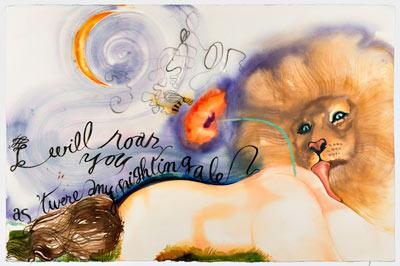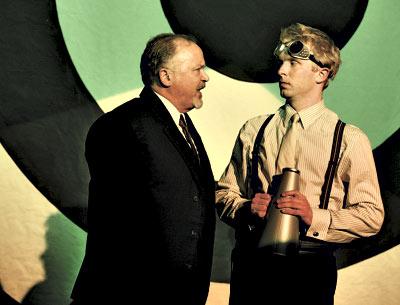Comedy Weekend
Comedy Weekend
John Leguizamo, an Emmy Award-winning actor and comedian who has appeared in more than 50 films, will take the stage at Guild Hall’s John Drew Theater at 8 tonight with “Ghetto Klown,” a one-man play directed by Fisher Stevens. Mr. Leguizamo will draw upon characters from his adolescent memories of Queens, his early acting career, and Hollywood film sets. Balcony tickets are $45, $43 for members; orchestra tickets are $65 and $63, and prime orchestra seats are $100, $95.
Comedy will be king again on Saturday evening at 7, as Martin Short presents a variety show featuring madcap antics, hilarious skits, zany characters, song-and-dance numbers, and stand-up hilarity.
The versatile Mr. Short, a former cast member of “Saturday Night Live,” has appeared in countless films and on Broadway. Is he funny? Larry David called him “the funniest guy I’ve ever met.” Balcony tickets are $150, $145 for members, while orchestra seats are $250.
For those wishing to shell out $750 and up, a benefit dinner will be held at a private East Hampton residence immediately following the show.
Guild Hall’s Songbook Salon at the Southampton Arts Center will present Melissa Errico, a singer-actress who has starred in seven Broadway productions and released three solo CDs, on Saturday at 8 p.m. The program will include musical theater classics from the composers Jule Styne, Comden and Green, Rodgers and Hammerstein, Stephen Sondheim, and Stephen Schwartz.
Tickets are $60, $58 for Guild Hall members. For $85, fans can enjoy a reception with Ms. Errico after the show.





